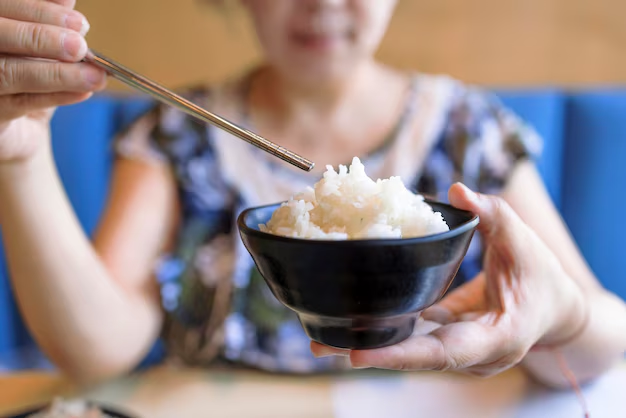Is Rice Good for Diabetics? Here's What You Need to Know
Rice is a staple food across the globe, revered for its versatility and affordability. For those managing diabetes, though, rice frequently raises concern due to its carbohydrate content, which can potentially impact blood sugar levels. So, is rice healthy for diabetics? Let’s delve deeper into this.
The Glycemic Index and Rice
Understanding the glycemic index (GI) is crucial when discussing rice and diabetes. The GI is a ranking system for carbohydrates based on their impact on blood sugar levels. Foods with a high GI score cause rapid spikes, while low-GI foods promote a slower, more gradual increase.
Rice varieties differ significantly in their GI scores. White rice, for instance, has a high GI, typically over 70, making it more likely to cause blood sugar spikes. On the other hand, brown rice and basmati rice usually have lower GI scores, often around 50 to 69, which makes them a potentially better choice for diabetics.
Nutritive Value of Rice
Besides carbohydrates, rice provides essential nutrients like fiber, vitamins, and minerals. Brown rice retains more of its nutritional value compared to white rice, offering more fiber, which is beneficial for blood sugar control. This fiber slows the digestion process, leading to a more stable release of glucose into the bloodstream.
Portion Control and Meal Composition
When it comes to consuming rice, portion control and overall meal composition are vital. Diabetics should aim to balance rice with healthy fats, proteins, and fiber-rich vegetables. This strategy not only mitigates the glycemic impact but also enhances satiety and nutrition.
Tips for Incorporating Rice into a Diabetic Diet:
- Prefer brown, basmati, or wild rice over white rice.
- Limit to half a cup of cooked rice per serving.
- Pair with lean proteins such as chicken, fish, or legumes.
- Increase intake of non-starchy vegetables like spinach or broccoli.
Navigating Financial and Educational Resources
Managing diabetes is not just about making the right food choices—it often involves navigating healthcare costs, medication expenses, and, at times, financial assistance. Here are some resources and programs that might be helpful:
- 🏥 Government Health Programs: Medicare and Medicaid can provide financial aid for medical expenses.
- 💊 Prescription Assistance: Many pharmaceutical companies offer assistance programs for diabetes medications.
- 🍏 Nutrition Education Grants: Look for community programs that offer free or discounted educational resources on maintaining a balanced diet.
- 💳 Debt Relief Options: Consolidation and management programs can help manage medical-related debts.
- 🎓 Educational Opportunities: Scholarships and grants might be available for learning more about nutrition and health management.
To conclude, while rice doesn't need to be entirely off-limits for diabetics, choosing the right type, managing portions, and pairing it with other nutrient-dense foods are key. Simultaneously, exploring financial and educational resources can empower individuals with diabetes to thrive, ensuring both their financial and physical health are well-maintained.
